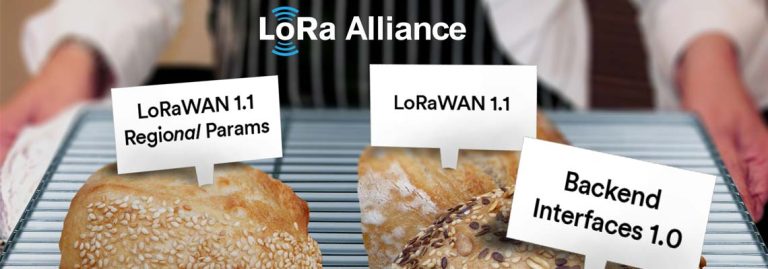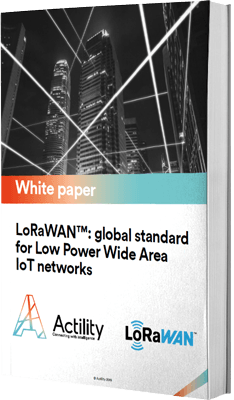
The Technical Committee has been working on these specs for over a year now… We knew that they were highly anticipated by the whole LoRaWAN ecosystem. As a matter of fact, Actility customers have been able to preview the passive roaming feature since last summer.
Handover roaming
First delivery from the LoRa Alliance is a new version of the LoRaWAN spec LoRaWAN 1.1 offering:
In order to support heterogeneous deployments and not force a globally-coordinated upgrade, both LoRaWAN 1.1 end-devices and networks will support backward compatibility to interoperate with their LoRaWAN 1.0.x legacy peers.
The second delivery is the brand new LoRaWAN Backend Interfaces 1.0 Specification allowing to:
And final delivery in the package is the LoRaWAN 1.1 Regional Parameters rev. A, which describes a region-specific radio parameter for LoRaWAN 1.1 end-devices — a companion document for the LoRaWAN 1.1 spec.
In the spirit of fostering open standards, these spec delicacies are shared with you to build and deploy amazing products and services… Enjoy! Bon Appetit!

Learn more about the LoRaWAN technology by downloading the Actility “What is LoRaWAN” white paper